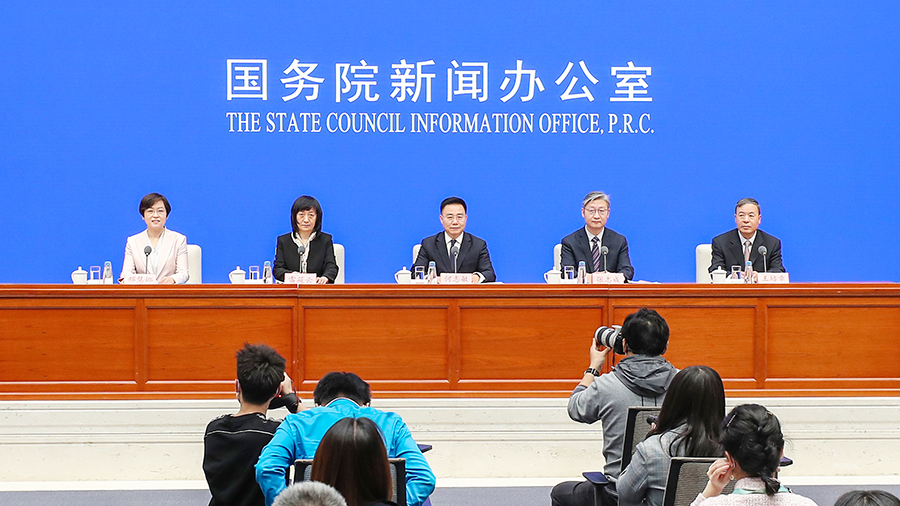On May 8, 2021, the State Council Information Office held a briefing on intellectual property. At the briefing, He Zhimin, deputy director of the China National Intellectual Property Administration (CNIPA), stated that the CNIPA firmly opposed and promptly cracked down on malicious trademark registration and “irregular” (or abnormal) patent applications. He stated, “Since the beginning of this year, in terms of trademark substantive examination, [CNIPA] has rejected more than 10,000 malicious trademark registration applications that are not intended for use; CNIPA has established a blocklist system to include some applicants with higher numbers of malicious registrations … with nearly 1,000 applicants suspected of malicious trademark registration added so far.”
During the prior (Thirteenth) 5-Year Plan, Mr. He stated that CNIPA has “resolutely cracked down on malicious registration of trademarks and irregular patent applications, and maintained good market order. In the past three years, more than 150,000 malicious squatting and hoarding trademark registration applications have been rejected, and 220,000 irregular patent applications have been withdrawn.”
In the most recent draft measures issued by CNIPA, irregular (or abnormal) patent application behavior is defined as,
(1) The contents of several patent applications submitted are obviously the same, or are essentially formed by simple combination of different invention-creation features or elements;
(2) The patent application submitted contains any content of the invention-creation that is falsified or has altered experimental data or technical effects, or copying, simply replacing, or piecing together existing technology or existing designs, among others.
(3) The contents of multiple patent applications submitted are randomly generated mainly by computer technology;
(4) The invention-creation of the submitted patent application is obviously inconsistent with technical improvement or design common sense, or is minimized, excessive, or unnecessary to limit the scope of protection;
(5) The invention-creation for which the patent application is submitted is obviously inconsistent with the applicant’s or inventor’s actual research and development capabilities and resource conditions;
(6) Multiple patent applications that are substantially related to specific entities, individuals, or addresses are submitted in a malicious manner, consecutively, or otherwise.
(7) Transferring or accepting the right to apply for a patent or the patent right for any improper purpose, or falsely listing the inventor or designer;
(8) The patent agency, patent agent, or any other institution or individual acts as an agent, induces, abets or assists others, or colludes with them in the exploitation of various kinds of irregular patent applications;
(9) Other acts of irregular patent applications and the relevant acts in violation of the principle of good faith and disturbing the normal patent work order.
The full transcript of the briefing is available here (Chinese only).
